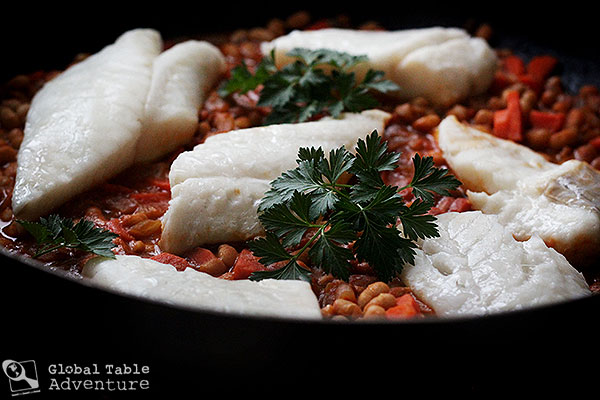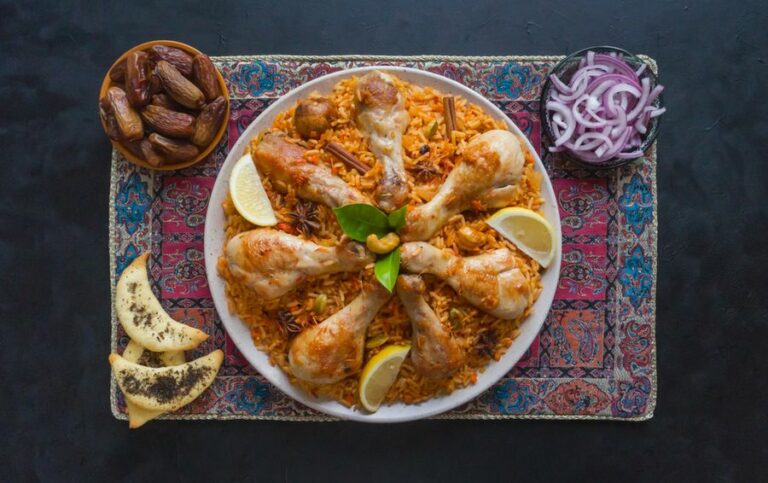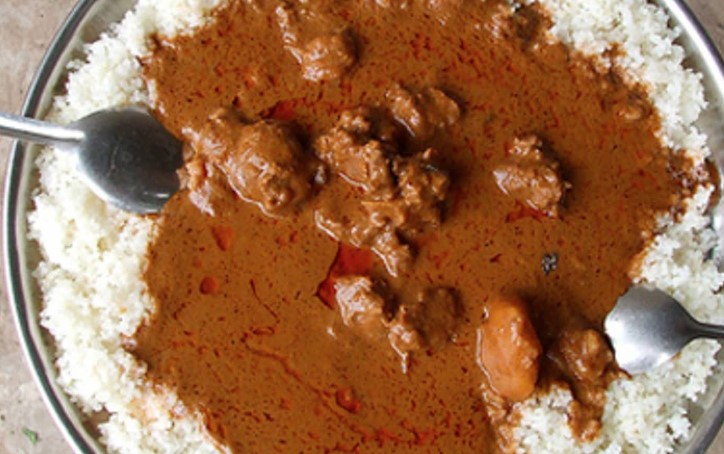Introduction: São Tomé and Príncipe
São Tomé and Príncipe is a small island nation located in the Gulf of Guinea, off the west coast of Africa. The country’s cuisine is heavily influenced by its African and Portuguese heritage, with a focus on fresh seafood, tropical fruits, and vegetables. Many of the traditional dishes are simple and hearty, using ingredients that are readily available on the islands.
Fish dishes: a staple in São Toméan cuisine
Given the country’s location, it is no surprise that fish is a staple in São Toméan cuisine. One of the most popular dishes is grilled or fried fish, often served with rice, beans, and a tomato-based sauce. Another popular dish is fish stewed in palm oil, known as caldeirada. This dish typically includes a variety of fish, along with vegetables like onions, tomatoes, and peppers.
Miondo and fumbwa: popular vegetable dishes
Miondo and fumbwa are two popular vegetable dishes in São Tomé and Príncipe. Miondo is made from the root of the cassava plant, which is boiled and then mashed with palm oil and spices. Fumbwa, on the other hand, is made from the leaves of the cassava plant, which are boiled and then sautéed with garlic and onions. Both dishes are typically served as a side dish with fish or meat.
Calulu: a hearty stew with roots in Angola
Calulu is a hearty stew that has its roots in Angola, but has become a popular dish in São Tomé and Príncipe. The dish typically includes fish or meat, along with okra, onions, tomatoes, and other vegetables. It is then stewed in palm oil and served with rice or miondo. Calulu is often considered a comfort food and is commonly served at family gatherings and special occasions.
Sopa de Banana: a unique and tasty soup
Sopa de Banana, or banana soup, is a unique and tasty dish that is popular in São Tomé and Príncipe. The soup is made from ripe bananas, coconut milk, and spices like cinnamon and nutmeg. It is typically served as a starter or as a light meal on its own. Sopa de Banana may sound unusual, but it is a delicious and comforting dish that is a must-try for visitors to São Tomé and Príncipe.
Desserts: sweet treats from São Tomé and Príncipe
São Tomé and Príncipe is known for its sweet treats, many of which are made with tropical fruits and coconut. One popular dessert is papaya pudding, which is made from ripe papayas, coconut milk, and sugar. Another favorite is banana cake, which is made with mashed bananas, flour, sugar, and butter. These desserts are not only delicious, but they also showcase the island’s abundance of fresh, flavorful ingredients.










